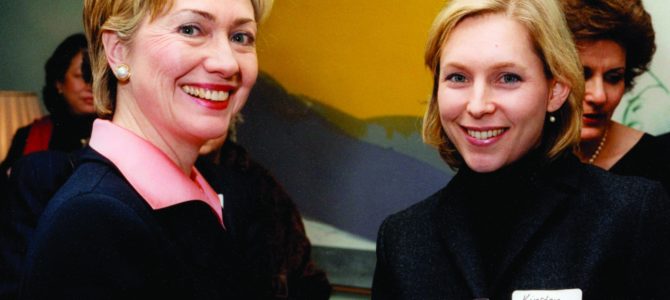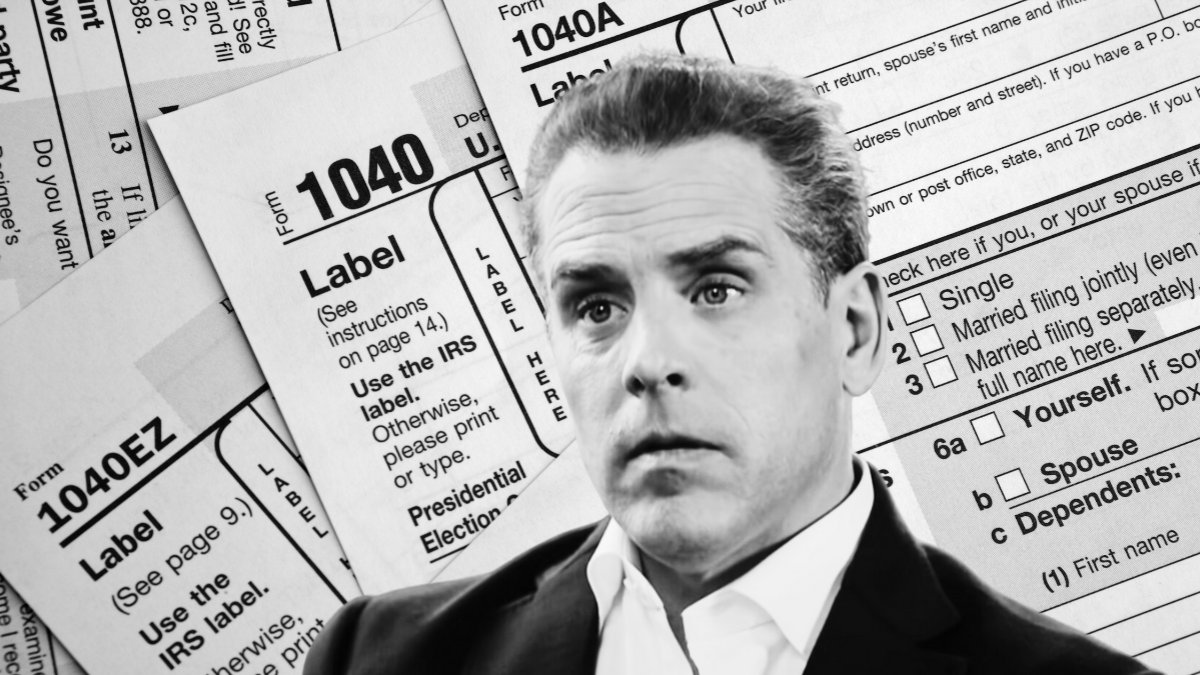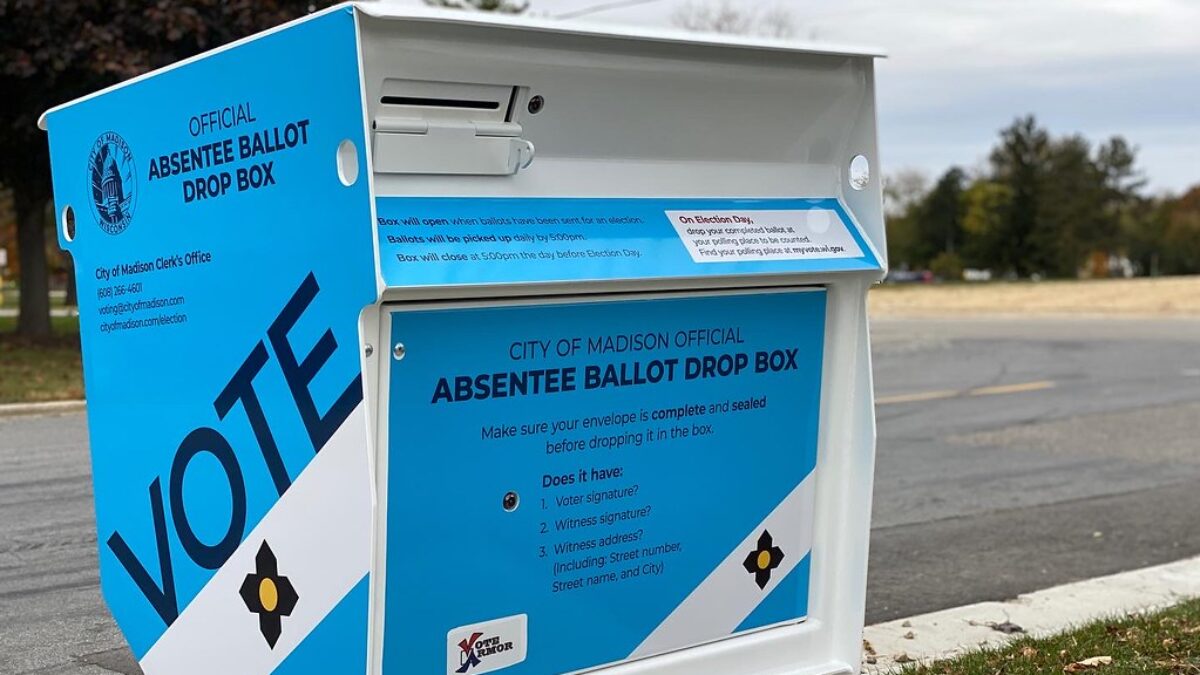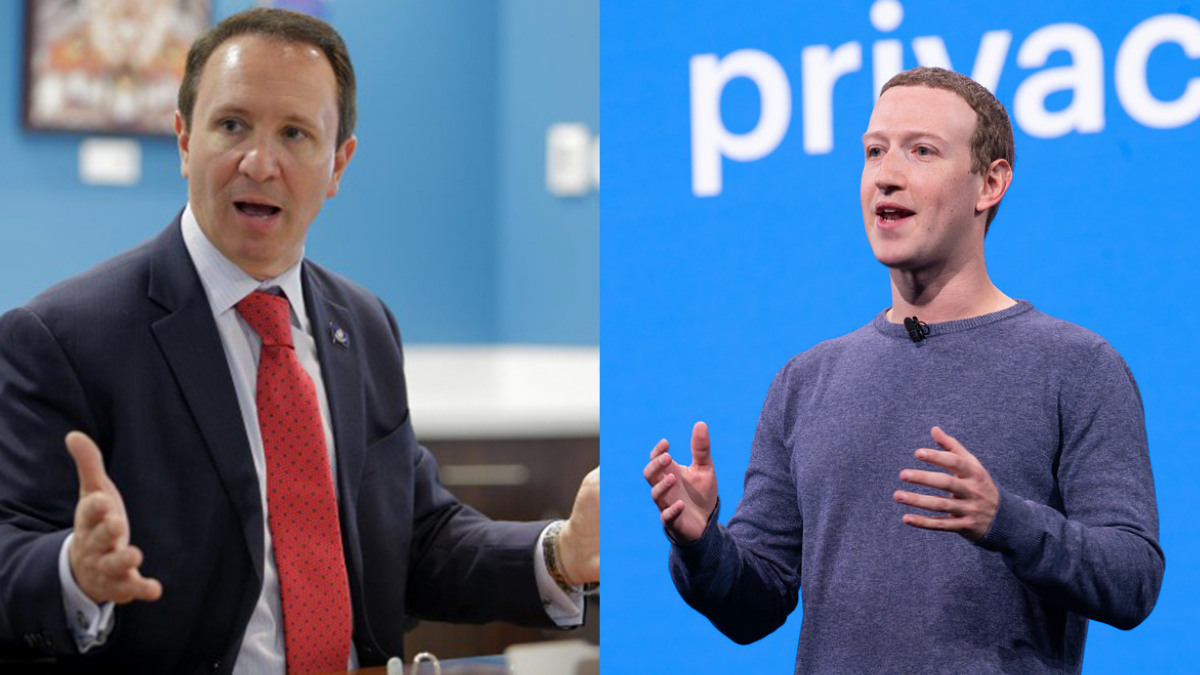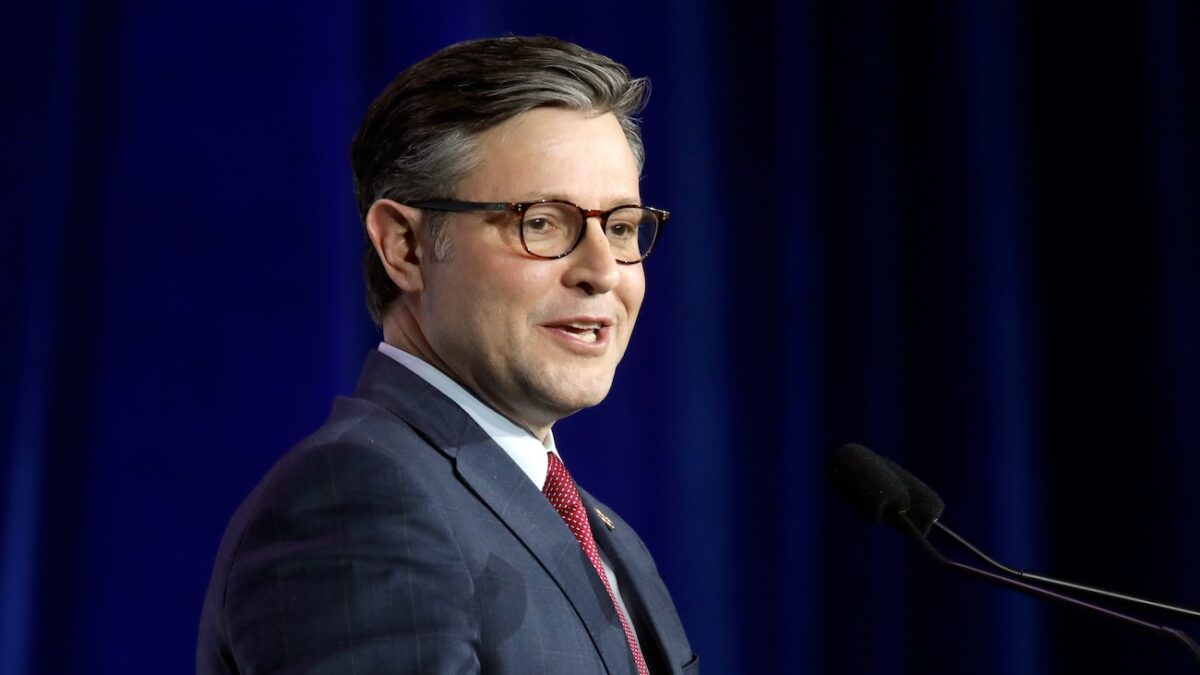Presidential candidate Sen. Kirsten Gillibrand has been consistently polling less than 1 percent among the Democratic candidates for over a month. When asked about her lack of support on “The View” Wednesday, Gillibrand repeated the numbers that show on paper why she should be more likable than she is.
“I’ve brought my state together and had the highest vote threshold of 72 percent. Higher than any presidential candidate who has run in New York state. Higher than any gubernatorial or senatorial candidate,” she said.
Gillibrand said she was not concerned about polls, because her race is, “a marathon, not a sprint.” But we know her campaign has concerns, and is looking for explanations. In a campaign memo obtained by The New York Times, staffers suggested that her low fundraising totals could be attributed to backlash over Gillibrand calling for the resignation of Sen. Al Franken in 2017 after he was accused of sexual harassment.
“There’s no question that the first quarter was adversely impacted by certain establishment donors—and many online—who continue to punish Kirsten for standing up for her values and for women,” the memo reads.
Gillibrand stood by her actions against Franken when Joy Behar asked if she could maintain voters without those big donors. “If they’re going to be angry about me standing up for women who were groped, that’s on them,” she said.
It’s clear that Gillibrand has made women and “women’s issues” a focus of her campaign, and it is clearly reflected in her fundraising. More than half of all the individual donations to her campaign during the first fundraising cycle of 2020 were from women. That’s more than any other 2020 contender can say. She is prioritizing issues like national paid family leave, access to abortion and birth control, improving public education, and stopping sexual harassment and abuse. But is that a winning strategy?
Maybe her hot pink campaign logo and website splashed with the word “BRAVE” all over are a little too on the nose. Maybe constantly describing herself as a “young mom” is a label that just isn’t doesn’t seem to fit. Maybe women voters don’t liked to be courted simply because of their sex. Or maybe, she’s just too much like Hillary Clinton.
Gillibrand continues to sell herself as a Democrat who can win over Republican voters like she did in her House and Senate races. But she’s a white, blonde senator from New York, and that leaves a bad taste in the mouth of both Republicans and Democrats. A Vogue profile on Gillibrand in 2010 is literally titled, “In Hillary’s Footsteps.”
Besides, the media might love Ranch Lady more than they love Gillibrand.
They’re not doing her any favors on the campaign trail; that’s for sure. She doesn’t have the celebrity of Beto, or the gayness of Buttigieg—the things that journalists love to write about. What is the biggest national media moment Gillibrand’s campaign has had to date? Ranch Dressing Lady. No, nothing to do with Gillibrand herself, but a woman who interrupted Gillibrand’s stump speech in Iowa as she squeezed past the senator blurting out, “Sorry, I’m just trying to get some ranch.”
And here’s video of the woman “just trying to get some ranch,” while Senator Kirsten Gillibrand speaks to supporters in Iowa City. pic.twitter.com/6PRCVbbIQW
— DJ Judd (@DJJudd) February 19, 2019
Like any good presidential candidate in the era of social media, Gillibrand seized the viral moment for all its worth.
Good to be back in Iowa. Do you like my new workout shirt? pic.twitter.com/0YVX0zZCvj
— Kirsten Gillibrand (@SenGillibrand) March 20, 2019
When the Associated Press was invited into her home for dinner to photograph what a normal life she lives, the photos turned out, well not normal. Gillibrand is pictured wearing an apron with creases so sharp it’s clearly been sitting folded in a drawer for a while. She was mocked for trying to be your average working mom who casually prepares steak and fresh fish for dinner on a weeknight, and questionably trying to cut said fish while it’s halfway in a frying pan.

Among the many lessons learned from 2016, an important one is that polls can’t always be trusted. Maybe that’s what Gillibrand is banking on as her numbers fail to rise above 1 percent. One Democratic strategist told CBS that Gillibrand has time to make herself known among the crowded Democratic field. “As long as she qualifies for those debates, she will have plenty of opportunity to make her case, to rise to the top, and pull ahead,” Maria Cardona said.
Unfortunately for her, meeting the benchmarks to qualify for the Democratic debates are dependent on likability. To get on the stage, a candidate must either reach 1 percent approval in three recognized polls or raise money from at least 65,000 donors across at least 20 states.
She could discount the polls and hope that the pink logo and targeting of angry women voters will continue to pull in more of those women donors. Gillibrand may believe she is running a “marathon, not a sprint,” but that doesn’t mean you can lag behind for long and still expect to win.
